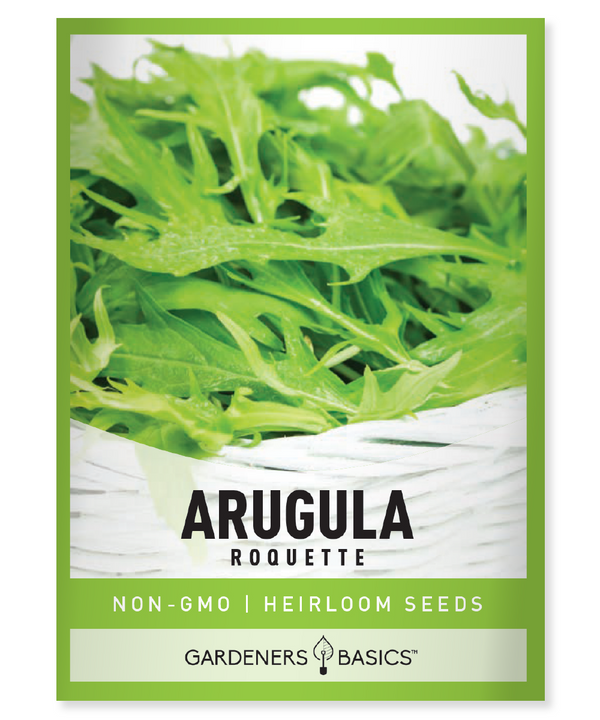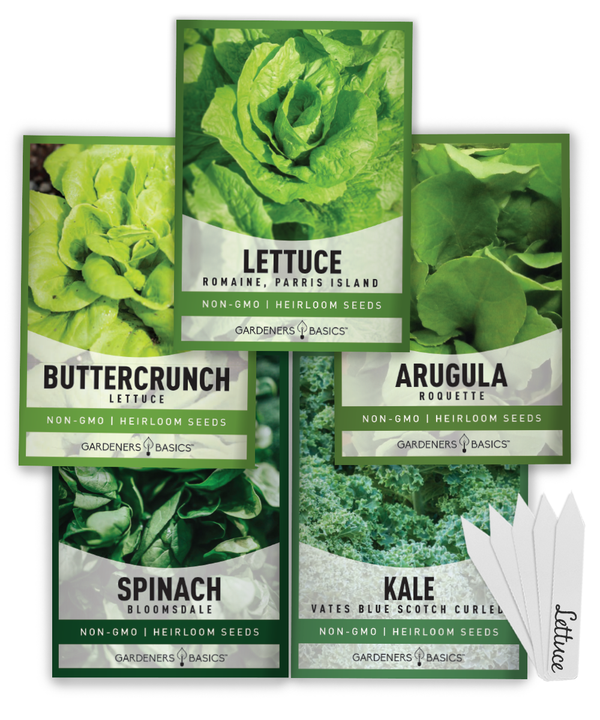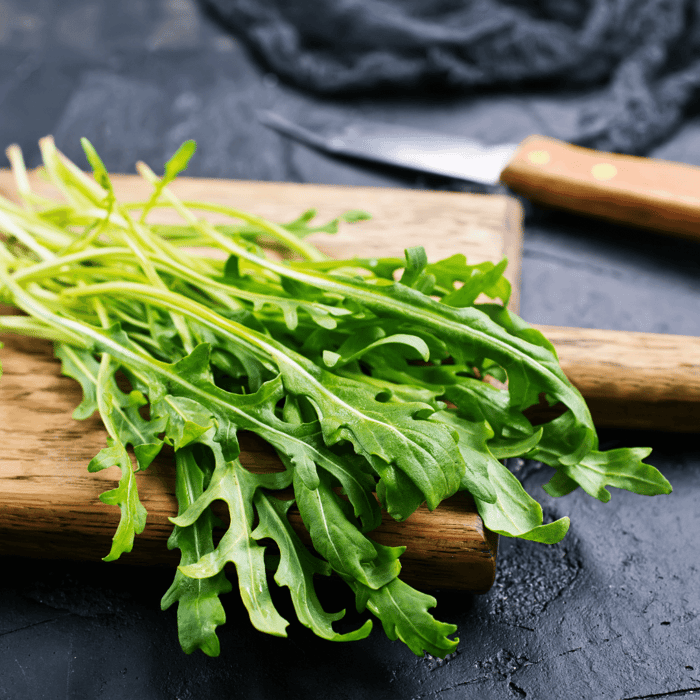As an avid gardener and salad green enthusiast, I'm always looking for ways to expand my indoor garden. Among my favorite salad greens to grow is arugula, also known as rocket or arugula eruca. In this in-depth article, we'll explore the process of growing arugula indoors, focusing on the necessary steps, conditions, and care it requires. You'll soon learn that arugula is not only easy to grow but also a delicious addition to your indoor garden. Not only can arugula be grown indoors, but it's also very popular to grow indoors and it's so easy to do!
1. The Benefits of Growing Arugula Indoors
Arugula is a popular choice for indoor gardeners due to its versatility and adaptability. Some of the key benefits include:
- Easy to grow: Arugula is known for being low-maintenance, making it perfect for novice and experienced gardeners alike.
- Rapid growth: Arugula plants grow quickly, so you'll have fresh, tasty leaves to harvest in just a few weeks.
- Year-round cultivation: Growing arugula indoors means you can enjoy this nutritious salad green all year long, regardless of the weather outside.
- Compact size: Arugula's small stature makes it an ideal addition to indoor herb and vegetable gardens, even in limited spaces.
Roquette Arugula Seeds

$2.49
Roquette Arugula Seeds - Heirloom, Non-GMO, Non-Hybrid, Open-Pollinated Elevate your garden and culinary creations with Roquette Arugula Seeds, a premium heirloom variety that delivers a peppery, tangy flavor perfect for fresh salads, sandwiches, and garnishes. These high-quality, non-GMO, non-hybrid, open-pollinated… read more
2. Preparing for Planting
To successfully grow arugula indoors, it's essential to prepare the right environment. Here's what you'll need:
- Containers: Choose pots or containers with drainage holes, at least 4-6 inches deep to accommodate the root system.
- Potting soil: Opt for a moisture-retentive and well-draining potting mix. You can add perlite or vermiculite to improve drainage.
- Seeds: Purchase arugula seeds from a reliable supplier to ensure high germination rates.
3. Planting Your Arugula Seeds
Now that you have your supplies, it's time to plant your arugula seeds:
- Fill your containers with the potting mix, leaving about an inch of space at the top.
- Plant arugula seeds about ¼ inch deep and space them about 1-2 inches apart.
- Water the soil gently, ensuring it's moist but not soggy. Seeds germinate best in consistently moist conditions.
- Place the containers in a warm area, ideally between 65-75°F. Seeds should germinate within 4-8 days.
4. Providing Optimal Lighting Conditions
Arugula thrives in bright, indirect light, so choose a south-facing window or another area with ample sunlight. If you don't have access to south-facing windows, consider using a grow light to supplement natural light. Aim for 12-14 hours of light per day to promote healthy growth.
5. Watering and Fertilizing Your Arugula Plants
Regular watering and fertilization are essential to maintain healthy arugula plants:
- Watering: Keep the soil consistently moist but not soggy. Overwatering can lead to root rot, while underwatering may cause the leaves to become bitter.
- Fertilizing: Feed your arugula plants with a balanced, water-soluble fertilizer every 2-4 weeks, following the manufacturer's instructions.
Lettuce Seed Assortment | 5 Variety Pack

$9.95
Grow Fresh Greens Year-Round with Our 5 Lettuce Seeds Variety Pack - Heirloom, Non-GMO, Perfect for Outdoor & Indoor Gardening Introducing our 5 Lettuce Seeds Variety Pack – the perfect addition to your garden, whether you’re a seasoned grower or… read more
6. Harvesting Your Arugula Leaves
Your arugula should be ready to harvest 3-4 weeks after planting:
- Harvest outer leaves first, allowing the inner leaves to continue growing.
- For the best flavor, pick leaves when they are young and tender, usually around 4-6 inches long.
- Regular harvesting encourages bushier growth and extends the overall harvest period.
7. Common Pests and Diseases
Growing arugula indoors helps to minimize the risk of pests and diseases, but it's still essential to keep an eye out for potential issues:
- Aphids: These small insects can cause the leaves to curl and become discolored. Remove them by hand or use insecticidal soap.
- Fungal diseases: Arugula is susceptible to fungal diseases like downy mildew and powdery mildew. Ensure proper air circulation and avoid overwatering to prevent these issues.
- Leaf miners: These pests create tunnels within the leaves, which can stunt growth. Remove affected leaves and use a floating row cover or insect netting to keep them away.
 8. Enjoying Your Arugula Harvest
8. Enjoying Your Arugula Harvest
Once you've successfully grown and harvested your arugula, there are countless ways to enjoy this nutritious and versatile salad green:
- Salads: Arugula's peppery flavor pairs well with other greens, fruits, nuts, and cheeses.
- Sandwiches and wraps: Add a handful of fresh arugula leaves to your favorite sandwich or wrap for a burst of flavor and nutrition.
- Pizzas and flatbreads: Scatter a few arugula leaves over your pizza or flatbread for a delicious and healthy topping.
- Pestos and sauces: Blend arugula with garlic, nuts, cheese, and olive oil to create a vibrant and flavorful sauce.
In Conclusion
Growing arugula indoors is a simple and rewarding process, perfect for both experienced and novice gardeners. By following the steps outlined in this guide, you'll be well on your way to enjoying fresh, homegrown arugula all year long. With just a little care and attention, this nutritious salad green can become a staple in your indoor herb and vegetable garden. So go ahead, plant your arugula seeds, and get ready to enjoy the fruits (or rather, leaves) of your labor!







